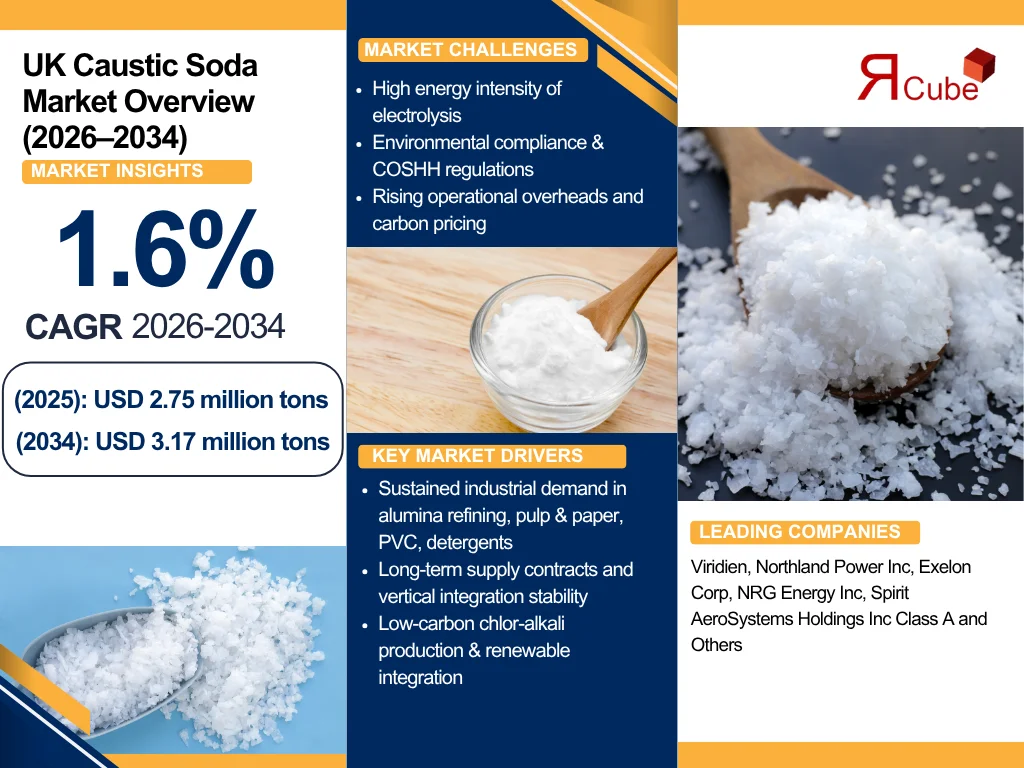The Importance of Monitoring Leading Indicators in Risk Management
In the world of risk management, preventing incidents before they occur is far more effective than reacting after the fact. Every organization, from construction sites to chemical plants, needs proactive strategies to identify potential hazards early. One of the most powerful tools in this preventive arsenal is the use of leading indicators. Unlike lagging indicators, which focus on past incidents, leading indicators provide insight into risks before they result in accidents, injuries, or financial loss.
For professionals and organizations aiming to strengthen safety performance, understanding how to monitor these indicators is critical. Integrating advanced safety training into daily operations equips teams with the knowledge to interpret these metrics and implement corrective measures effectively.
What Are Leading Indicators?
Leading indicators are proactive, predictive metrics that signal potential safety issues before they manifest as actual incidents. Think of them as the warning lights on a car dashboard—ignoring them increases the risk of a breakdown.
Examples of Leading Indicators:
-
Near-miss reports from employees
-
Frequency of safety audits or inspections
-
Employee participation in safety meetings
-
Number of safety observations completed
-
Training completion rates
Unlike lagging indicators, such as injury rates or lost-time accidents, leading indicators allow organizations to act early, preventing minor issues from escalating into major crises.
Why Leading Indicators Matter in Risk Management
Monitoring leading indicators is essential for several reasons:
-
Proactive Risk Prevention
Early detection helps managers address potential hazards before they cause harm. For example, if near-miss reports increase in a manufacturing plant, it may indicate a procedural flaw that requires immediate correction. -
Enhanced Safety Culture
When employees see that their observations and reports lead to tangible improvements, it reinforces a culture of accountability and safety mindfulness. -
Regulatory Compliance
Many industries face stringent safety regulations. Tracking leading indicators ensures organizations meet or exceed legal requirements, reducing fines and operational disruptions. -
Cost Savings
Preventing incidents is far less expensive than responding to accidents. Proactive measures reduce downtime, insurance claims, and reputational damage. -
Data-Driven Decision Making
Organizations can prioritize resources and interventions based on trends in leading indicators, improving the efficiency and effectiveness of safety programs.
How to Monitor Leading Indicators Effectively
Monitoring leading indicators requires a systematic approach. Here’s how organizations can do it effectively:
1. Establish Clear Metrics
Define what you will measure and why. Metrics should be specific, measurable, and relevant to your operations. Examples include:
-
Number of safety inspections completed per month
-
Percentage of employees trained on specific safety protocols
-
Frequency of hazard identification reports
2. Collect Reliable Data
Ensure accurate data collection by:
-
Using digital tools or apps for real-time reporting
-
Encouraging employees to submit near-miss reports promptly
-
Conducting regular audits to validate data
3. Analyze Trends
Look for patterns over time. Are near-miss reports increasing in a particular department? Are certain safety tasks being skipped? Trend analysis can reveal hidden risks and help prioritize interventions.
4. Take Corrective Action
Metrics are only useful if they lead to action. Assign responsibility for addressing identified risks, and implement corrective measures promptly. For instance, if inspection reports show recurring equipment faults, schedule maintenance before a failure occurs.
5. Review and Refine
Regularly review your leading indicators strategy. Remove metrics that aren’t providing value and add new ones as operations evolve. Continuous improvement ensures that safety monitoring remains relevant and effective.
Integrating Advanced Safety Training
Monitoring leading indicators becomes significantly more effective when combined with professional development. Advanced safety training equips employees with the skills to identify risks, understand safety data, and respond appropriately.
Benefits of Advanced Safety Training:
-
Improves hazard recognition skills
-
Encourages proactive reporting and participation
-
Strengthens decision-making in emergency situations
-
Builds leadership capabilities in safety management
Real-life example: A warehouse team attended advanced safety training that taught them to spot ergonomic risks in lifting procedures. Within months, the number of minor strains and sprains dropped significantly because employees adjusted practices before injuries occurred.
Practical Steps for Teams
Here’s a quick checklist for teams looking to implement a leading indicator strategy:
-
Identify key leading indicators relevant to your operations.
-
Assign responsibility for data collection and reporting.
-
Encourage a culture of transparency—no fear in reporting near misses.
-
Track and analyze trends monthly.
-
Implement corrective actions promptly.
-
Review the effectiveness of your metrics quarterly.
-
Integrate ongoing safety training to enhance understanding.
This approach creates a feedback loop where observation leads to action, which strengthens safety performance over time.
Common Challenges and How to Overcome Them
Lack of Employee Engagement
Employees may not report near misses due to fear of blame. Overcome this by fostering a no-blame culture and recognizing proactive reporting.
Data Overload
Tracking too many metrics can overwhelm teams. Focus on a few meaningful leading indicators that provide actionable insight.
Insufficient Training
Without proper training, employees may not understand the importance of leading indicators. Offering continuous advanced safety training ensures everyone is prepared to participate actively.
How Leading Indicators Improve Organizational Performance
Organizations that prioritize monitoring leading indicators often see:
-
Reduced workplace incidents
-
Improved regulatory compliance
-
Enhanced morale and safety culture
-
Better resource allocation and cost efficiency
Consider a chemical plant that began tracking near-miss reports and training compliance. By acting on these indicators, they reduced hazardous spills by 30% within a year—preventing injuries and minimizing environmental impact.
How to Learn More About Leading Indicators
Organizations seeking to implement leading indicator strategies or improve existing programs can learn more through specialized workshops, online training modules, and professional safety courses. These resources often include case studies, interactive exercises, and tools to track safety metrics effectively.
By investing in professional development alongside monitoring systems, teams gain both the knowledge and practical skills needed to proactively manage risks.
FAQs
What is the difference between leading and lagging indicators?
Leading indicators are proactive and predictive, identifying potential risks before incidents occur. Lagging indicators measure past events, such as injury rates or lost-time accidents.
How do I choose the right leading indicators for my organization?
Focus on metrics that reflect critical safety processes and behaviors, such as near-miss reports, training completion rates, and safety audits relevant to your operations.
Can small businesses benefit from monitoring leading indicators?
Absolutely. Even small teams can implement simple reporting systems, safety checklists, and training programs to prevent incidents and foster a safety-first culture.
How often should leading indicators be reviewed?
Monthly or quarterly reviews are recommended, depending on operational complexity. Frequent analysis helps identify trends early and informs timely corrective action.
Does advance safety training guarantee zero accidents?
While training improves risk awareness and prevention skills, no approach can eliminate all risk. However, it significantly reduces the likelihood of incidents and improves response capabilities.
Conclusion
Monitoring leading indicators is a cornerstone of proactive risk management. By focusing on predictive metrics, organizations can prevent accidents, enhance safety culture, and make informed decisions. When paired with advanced safety training, teams gain the knowledge and skills to interpret safety data effectively and act on potential hazards.
Investing in both monitoring systems and professional development creates a resilient, safety-conscious organization. As your team embraces these practices, they move from reacting to risks to preventing them, ensuring a safer and more efficient workplace.
For anyone ready to take the next step, explore opportunities to learn more about leading indicators and advanced safety strategies—it’s a game-changer for career growth and organizational success.



